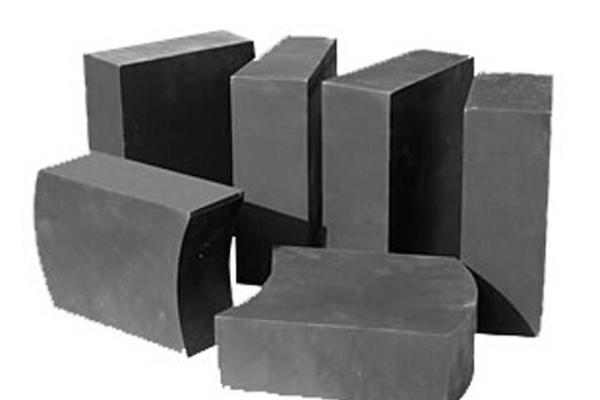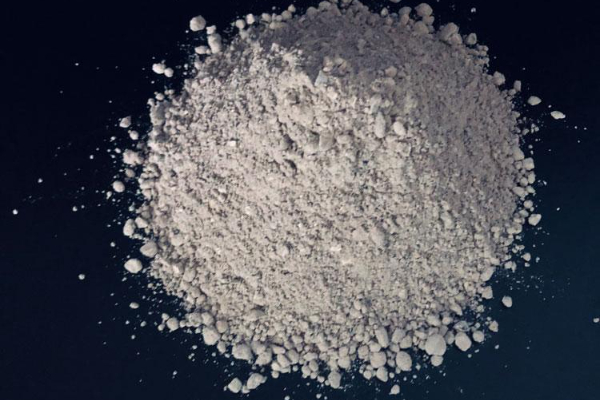高炉用として一般的に使用される炭素系耐火物
高炉で一般的に使用される炭素耐火物には、主に炭素レンガが含まれます, 黒鉛カーボンレンガ, 黒鉛炭化ケイ素レンガ, 自己結合または窒素結合炭化ケイ素レンガおよび突き固め材.

爆発炉の炭素耐衝撃材の利点
cor屈曲率が高い (350cでの炭素亜球菌), 爆発炉温度で溶けたり柔らかくしたりすることはありません.
small熱熱膨張係数, 広い温度範囲での良好な体積安定性.
carbon炭素飽和溶融鉄は、炭素レンガを濡らしません, 特定の冷却条件下で, スラグは、炭素質炉の裏地にほとんど侵食されていません.
high熱伝導率と電気伝導率が高い. 炉の底や炉の炉で使用すると、クーラーの効率を完全に発揮できます, それにより、炉の裏地のサービス寿命を延長し、バーンスルーを防ぐ.
coshing優れた切断性能を備えており、メーソンの要件を満たすために非常に小さな寸法許容範囲を持つ特別な形の製品にすることができます.
一般的に使用される爆発炉炭素耐火材料
シリコンカーバイドレンガ

シリコン炭化物レンガは、熱伝導率が良好です, 小さな膨張係数, 高温強度, 小さなクリープ変形, スラグに対する良好な抵抗, 溶融鉄の浸食と腐食, 炭素質材料よりも優れた酸化耐性. 主な問題は、アルカリの金属腐食に抵抗するバインダーを見つけることです. また、シリコン炭化物の耐火物材料が窒化物で接着されているか、自分自身と結合しています. シリコン炭化物レンガは、炉体の下部のサービス寿命を延ばすために好まれます.
アルミニウムカーボンレンガ
爆発炉用のアルミニウムカーボンレンガは、主要な原材料として高品質の高アルミナボーキサイトとグラファイトで作られています, 少量のシリコン炭化物と添加物が追加されています, バインダーとしての樹脂. 押されて形成された後, それらは固化して焼き、製品を形成します. 高温抵抗の特性があります, 良好な熱伝導率, 良いアルカリ抵抗, 低い気孔率, 外部寸法の小さな偏差, そして低価格. ブラスト炉のボッシュで使用できます, 炉の腰, 炉体, 鉄の口の領域, 炉下部の上部層, および他の部分.

不定形耐火物
形状の難治性材料と比較して, モノリシックな難治性材料には、単純な製造プロセスがあります, 便利な用途, と可塑性. それらは複雑な製品を形成するのが簡単で、炉構造の機械化を助長します. 彼らはコストが低く、耐火レンガのそれと同様のサービス生活を送っています. それらの不応性と化学的安定性は、同様の耐火レンガのレベルに近いか、または到達しています. それらは大きなブロックにプレハブにすることができます, しかし、それらは使用すると厳密に焼かなければなりません, 特に低温で, 長い時間がかかります, そして、中温での強度は低いです. 高温で長時間使用すると、簡単に剥がすことができます.

 栄勝耐火物工場
栄勝耐火物工場
微信
wechatでQRコードをスキャンしてください